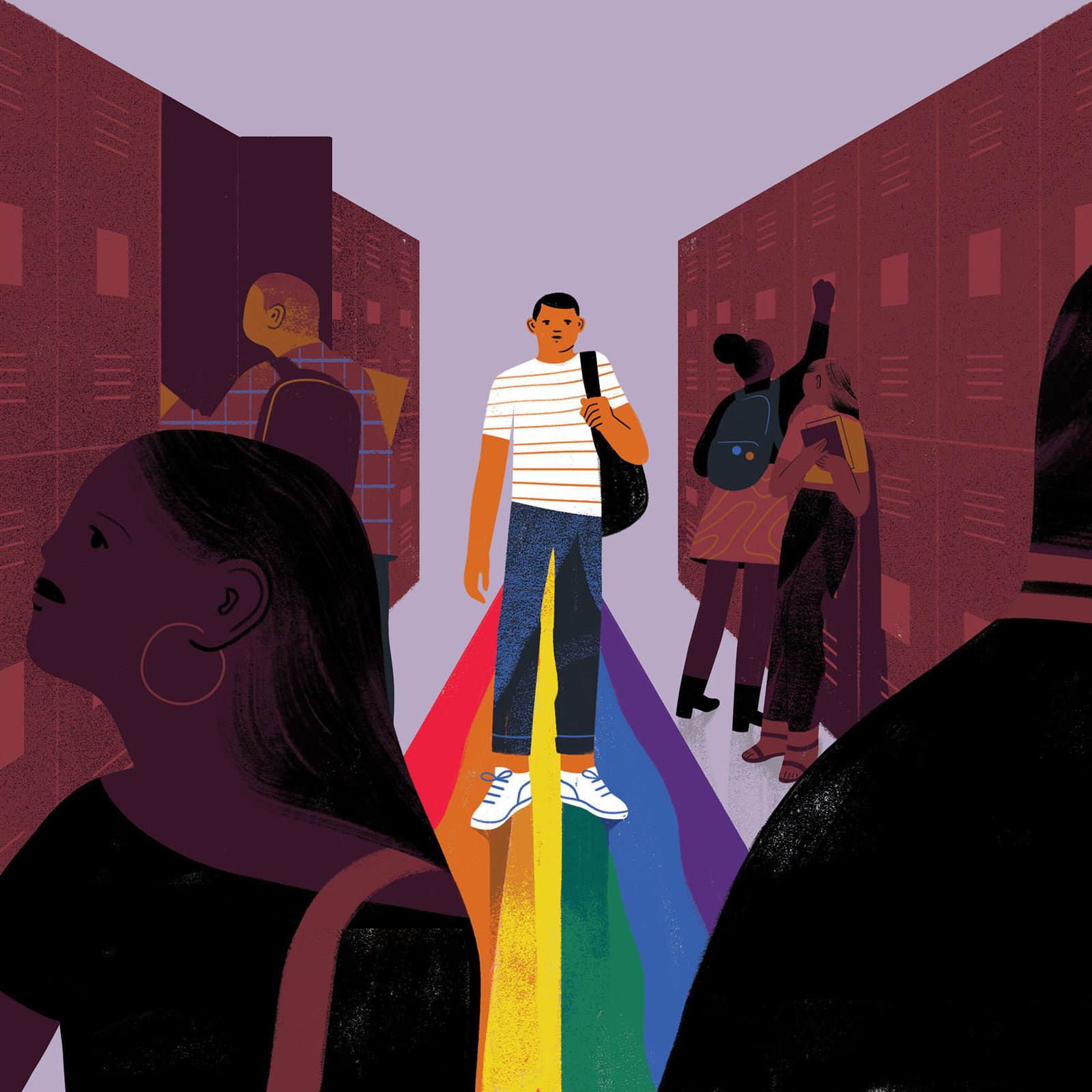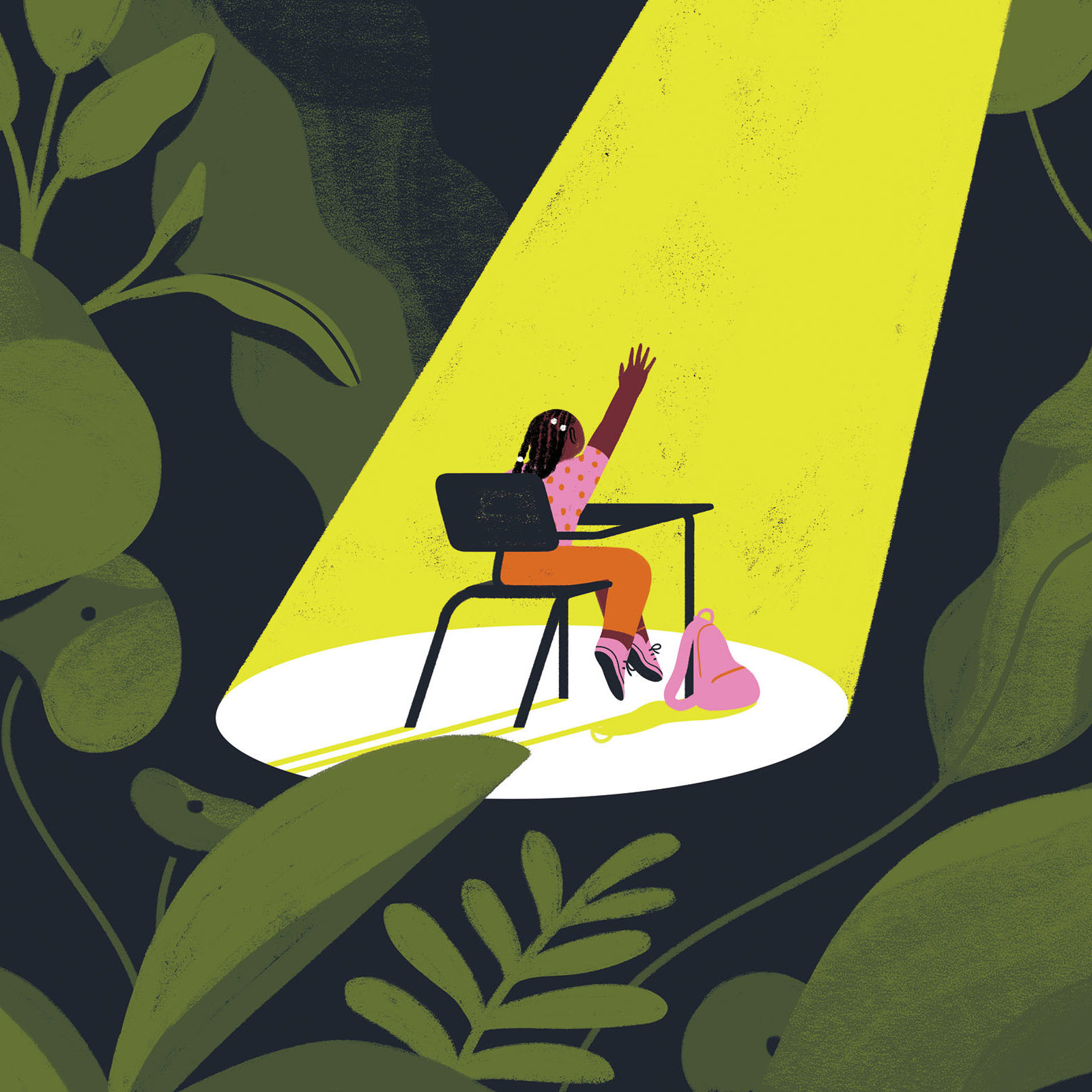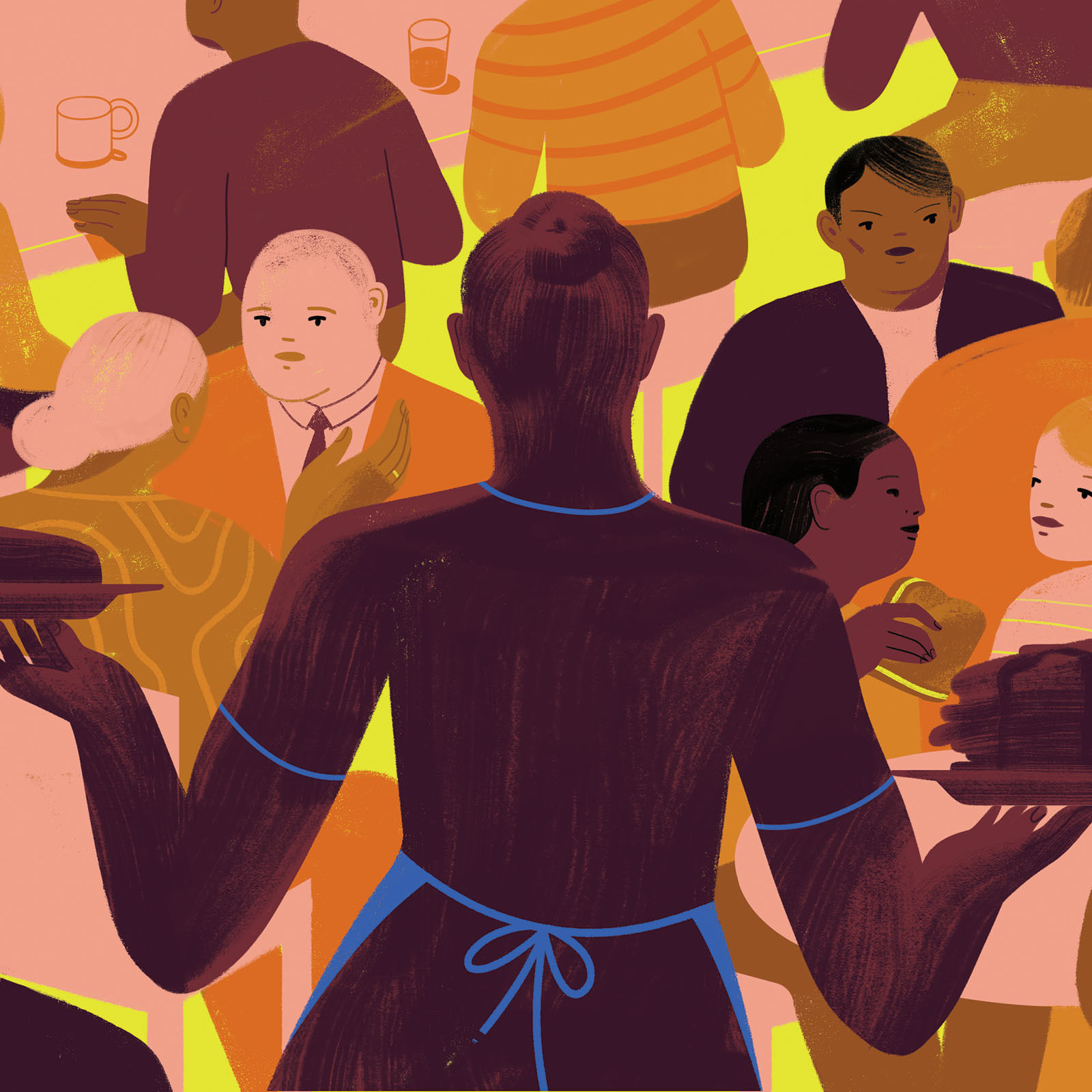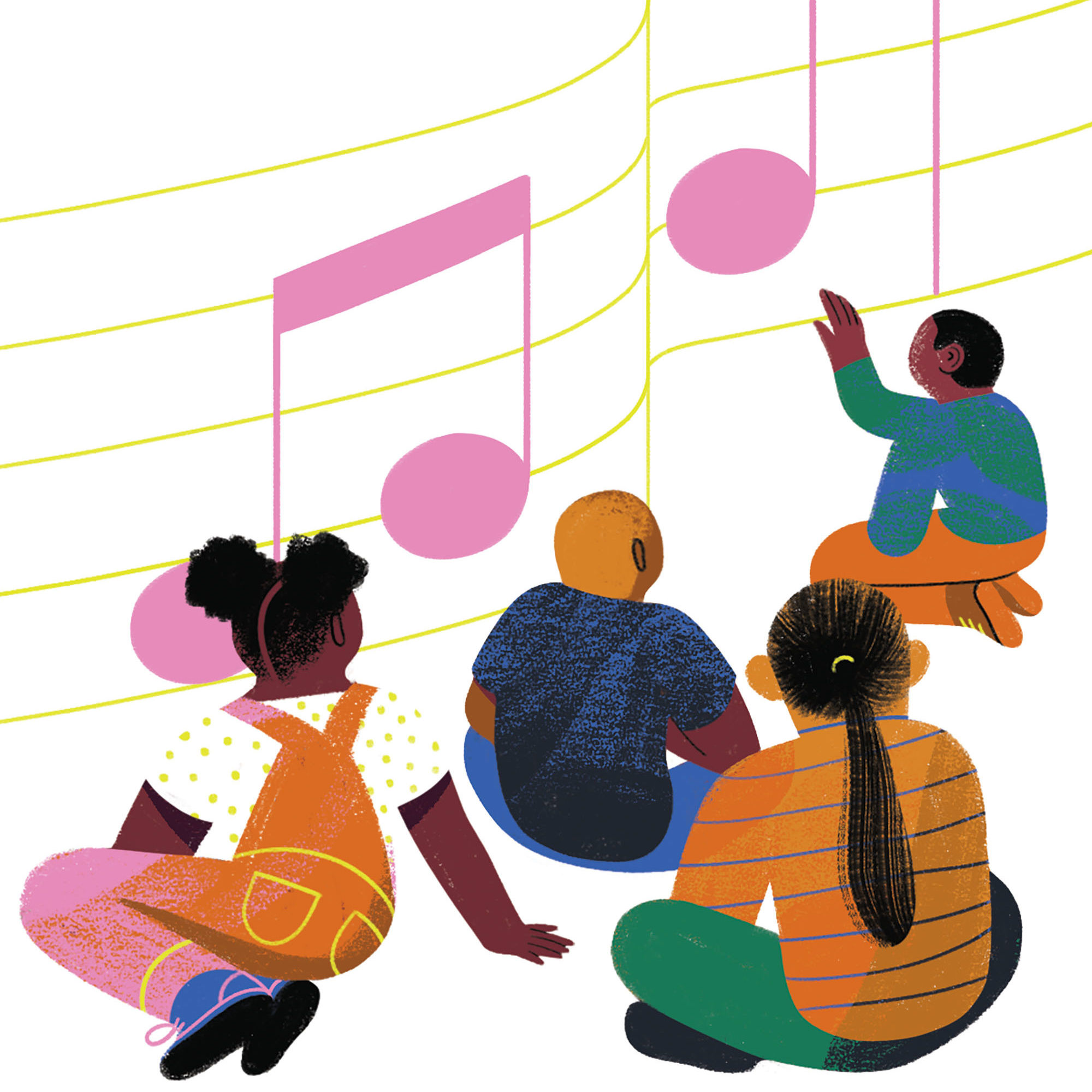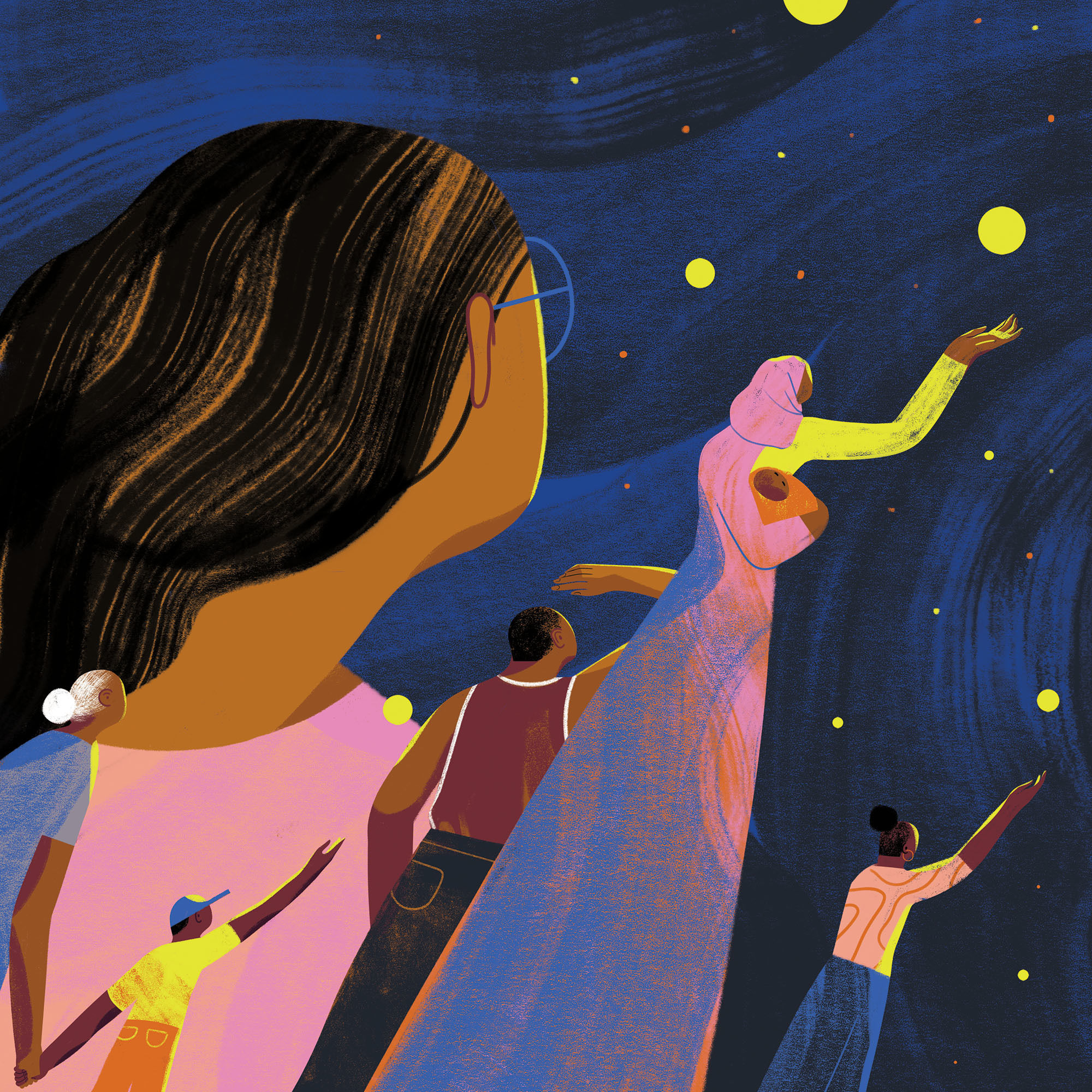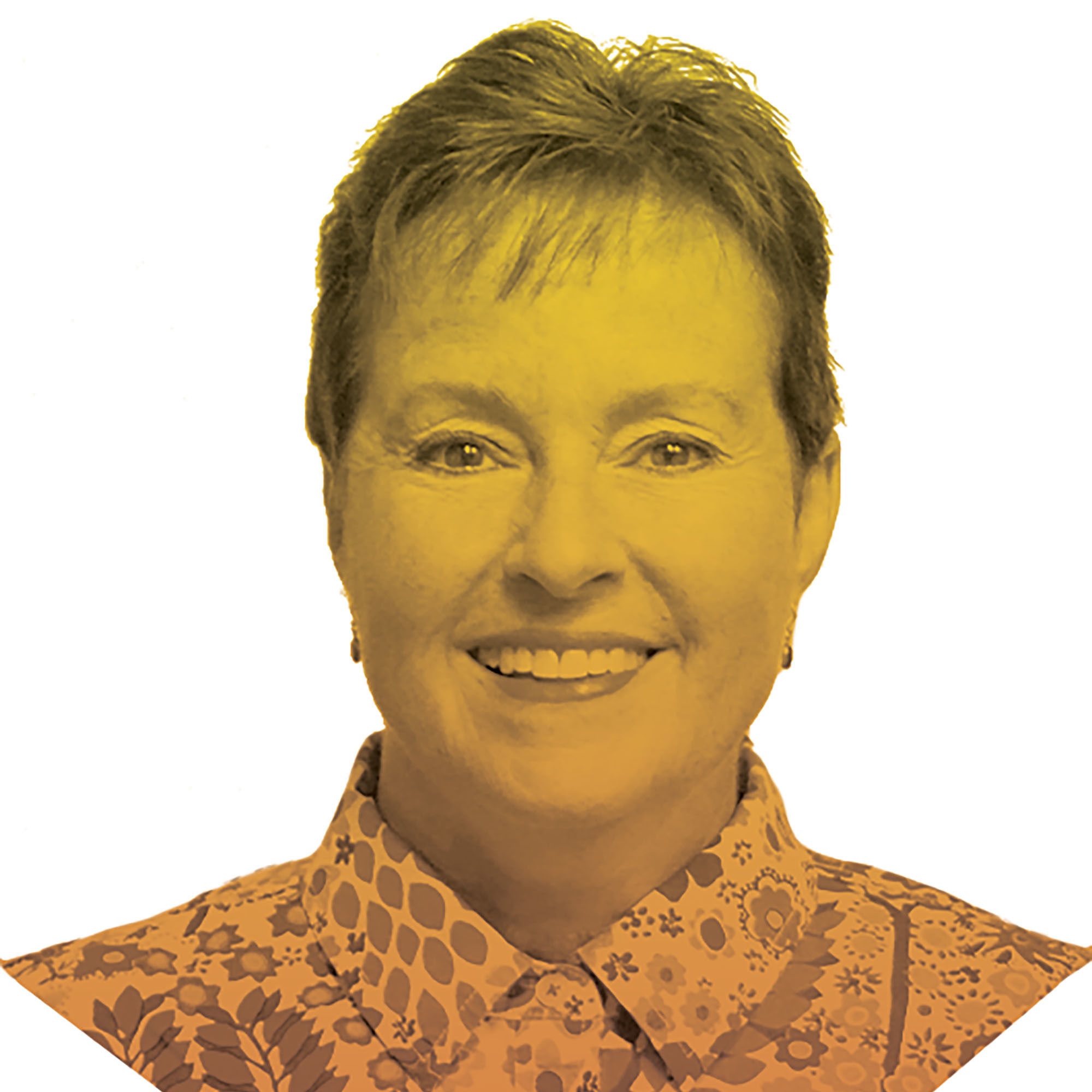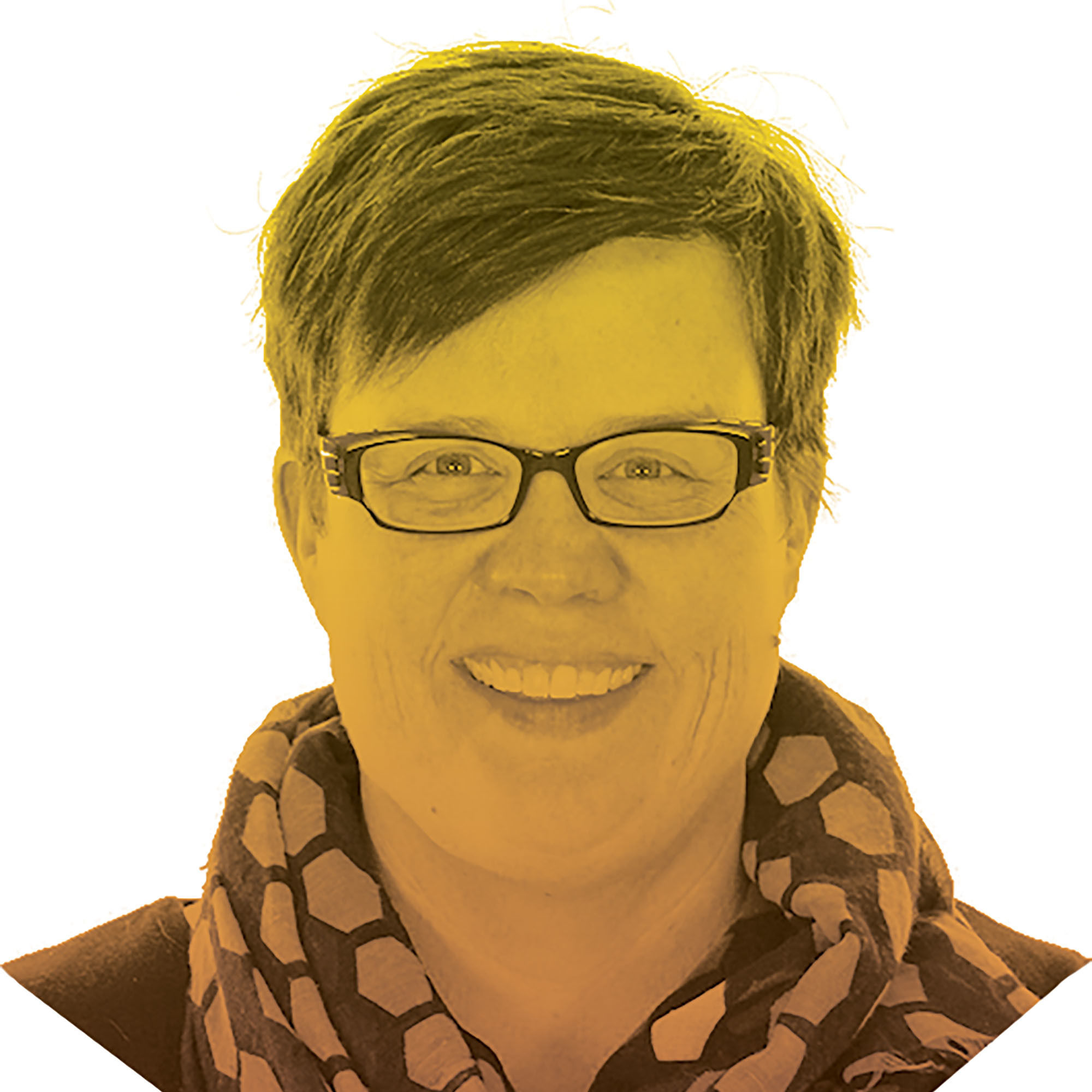This Nonprofit Brings Women Together to Invest in Women
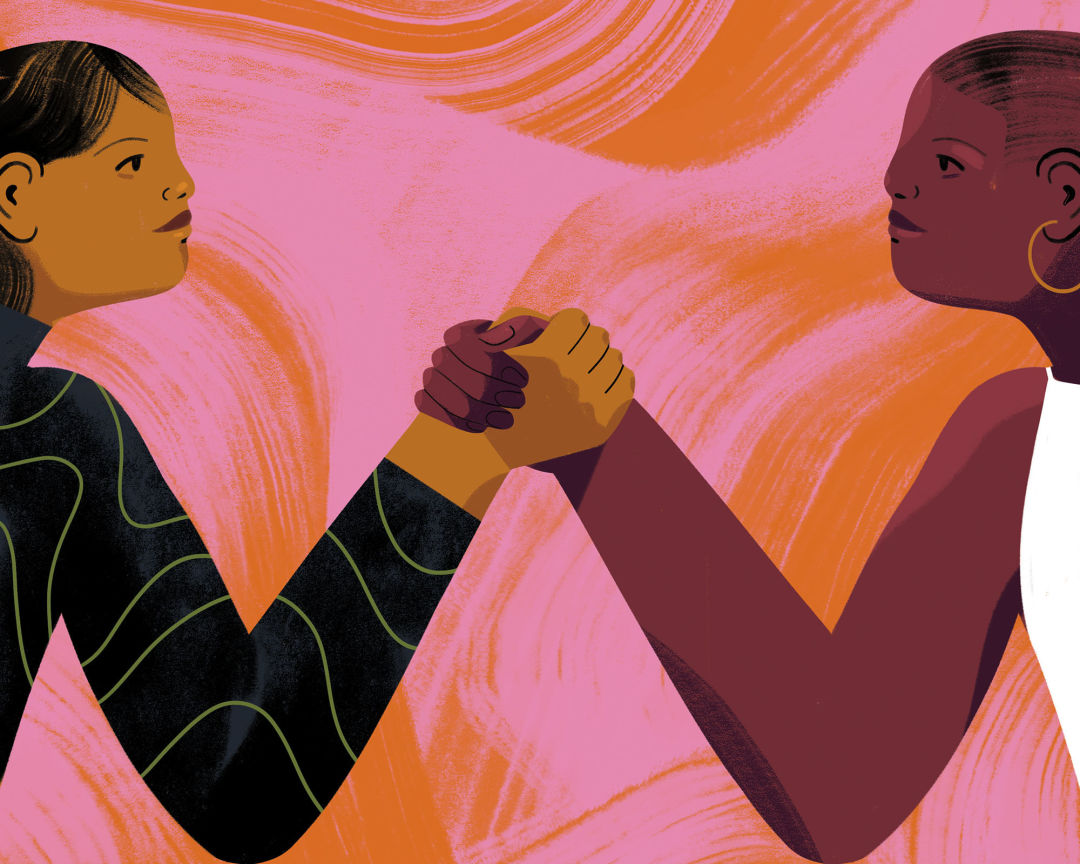
Image: Sara Wong
Get this: organizations that serve women or people affected by gender injustice receive just four cents on every philanthropic dollar that’s given. “And obviously even less for organizations that are serving women of color.” That’s Emily Evans from the Women’s Foundation of Oregon, with a stark reminder of how inequities permeate even philanthropic circles. Which is all the more reason to celebrate an organization that’s squarely focused on Oregon women.
The foundation itself has deep historical roots: the Portland Women’s Union was created back in 1887 to help lodge and steer young, unmarried women arriving in town. Five years ago, that same organization—which had shifted focus and names a few times in the past century—merged with the Women’s Care Foundation to form a new nonprofit with a mighty mission: to focus the power of women’s collective resources to improve the lives of women and girls throughout Oregon.
The new nonprofit expanded its reach statewide and started to incorporate tools beyond grant-making, such as public will building and thought leadership. One of its first initiatives? A survey of women across the state that aggregated information about economics, health, mental health, safety, and basic needs—the first report of its kind in more than 20 years. The results were stark. Count Her In, as the report was called, revealed Oregon women and girls are experiencing some of the biggest gender inequities in the country—more than half of the state’s female population has experienced sexual or domestic violence, our child care costs are among the least affordable in the nation, and Oregon women have the highest incidence of reported depression in the country, as well as the highest rate of alcohol use.
“That’s been the touchstone for a lot of our work going forward,” says Evans. “Folks have used it for advocacy, for policy-making. We’ve actually had state and local governments craft programs around it.” She recalls a visit to a grantee in Pendleton, where the groups’s executive director pulled out a weather-beaten printout “with tabs and coffee stains, and said, ‘Thank you so much for this! It made such a huge difference in our ability to advocate for our resources in the community.’”
Next up? A new foundation grant-gifting strategy that creates structure and support so people from communities most affected by oppression get to decide where the funding goes. The foundation has also shifted its membership model to open it to people donating any amount, and identifying as any gender.
Still, says Evans, the organization has a long way to go. “We are in service to our grantees and the folks doing the hard work on the ground, who are light-years ahead of us in their pursuit of justice,” she says.
While much is changing about how the foundation operates, some things are the same. “We’ve always been about collective giving,” says Evans. “A bunch of foundations are one family’s or one person’s pile of money. Ours was always about women coming together to invest in the well-being of other women.”
The 15th Annual Light a Fire Awards
6 p.m., November 21, Oregon Convention Center



